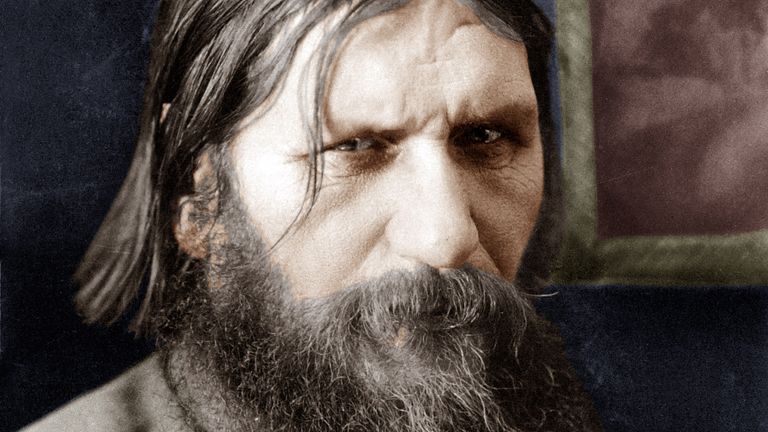20 Immortal Facts About Grigori Rasputin, The Mad Monk Of Russia
Few historical figures have inspired as much debate and interest as Grigori Rasputin. The self-styled “Mad Monk” is infamous for his supposed mystical and healing powers, rampant promiscuity, and refusal or inability to be killed. But setting aside the stories and legends, there was the reality of his life. Let’s examine the true character of Rasputin, who in many ways was even stranger than most people realize!
1. He was born as a peasant and little is known about his early years
Though he spent a chunk of his life around the Russian aristocracy and royalty, Rasputin was not born with a silver spoon in his mouth. Far from it, actually. No, Rasputin was born into poverty in a remote Siberian village called Pokrovskoye on January 21, 1869.
Where he was born is about as remote as it gets on Earth. Not much is known about his childhood and early years, but we do know Rasputin’s parents were illiterate peasants. His father ensured the impoverished family had some food by toiling as a farmer.
Only survivor
As was generally the case in poor countries and areas of the world at the time, Rasputin’s parents produced a lot of children in the hope that at least some of them could survive a grueling childhood.
Rasputin’s mother would reportedly give birth to seven children, but Grigori was the only one who would survive the desperate conditions of remote Siberia to make it into his adult years. Already, there was a strong level of determination about him.
2. He technically wasn’t a monk, and he held some strange beliefs
In popular culture, Rasputin is often referred to as the “Mad Monk” or the “Black Monk,” or sometimes even the “Holy Devil.” But although these terms — particularly the first two — have persisted throughout the decades, they are wholly inaccurate.
You see, Rasputin wasn’t really a monk: he never took any vows to become one. In fact, after flagging up alleged homosexuality in the Russian Orthodox Church, he once said, “The monastic life is not for me. One finds violence over people there.”
Fringe sect
Still, Rasputin couldn’t really criticize, as he would come to hold pretty unorthodox beliefs himself. Indeed, at one point he was linked to a fringe religious sect that reportedly practiced orgiastic rituals and self-flagellation. This sect was known as the Khlysts, who split from the Russian Orthodox Church at some point in the 17th century.
Rasputin held some similar beliefs to this group — the idea that salvation could only come from sin and repentance — and was accused of being a member. An alarmed governess of the Russian royal family, who was worried about his closeness to the Tsar’s daughters, made this allegation. But there is no solid evidence he actually belonged to the sect, although his daughter later revealed he had “looked into” it.

